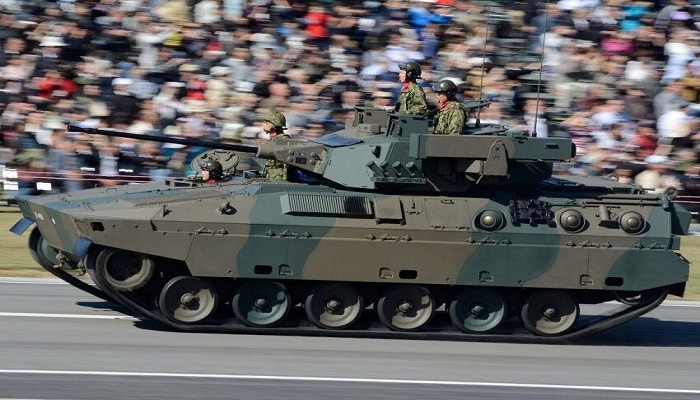PNN – The security equation of East Asia with the two important cases of the North Korea crisis and China-US relations is progressing in such a way that it seems that this region will also experience wide-ranging tensions just like in West Asia.
East Asia is considered one of the most important geopolitical regions of the world, which has an important place even in the estimations of Western think tanks; A place that, beyond the strategic and economic position, the way the West looks at being in this region, has increased the importance of East Asia on the international level.
According to the statistics of the World Bank, East Asia will experience a 5% growth in 2023, and it seems that in the next 10 years, half of the 10 major economic powers will be East Asian countries. As the largest and most populous continent, Asia has grown wealthier than any other region in the world since 1960. However, this growth has not occurred at the same rate across the Asian continent.
The western part of Asia during this period has grown almost at the same rate as the rest of the world, but in general, the eastern half (10 countries including China, Hong Kong, Indonesia, Japan, Korea, Malaysia, Philippines, Singapore, Taiwan as a state of China and Thailand) performed better, although differences in success can be seen here as well.
China is one of the countries that has always played an influential role in the international arena, and in recent decades, with the implementation of the “open door” policy, it has been able to enjoy great power in the economic field as well. When the statesmen of this country distanced themselves from the communist ideology in the late 70s, especially in the economic field, despite the one-party rule, the economy of this huge country moved towards liberal principles. Also, in another part of its behavioral turn, China has abandoned the defensive-reactive method and turned to regional-international action.
Read more:
Pro-Palestinian students staged a sit-in at the University of Amsterdam in the Netherlands
China’s foreign policy since 2003, during the presidency of Hu Jintao, in the form of the doctrine of peaceful emergence and with the approaches of “peripheral diplomacy” and “good neighbor” has expanded the scope of its economy through the processes of mutual dependence from neighbors to the peripheral space and other regions. Such actions tied China’s national interests at different levels and layers with the world’s large, medium and small economies.
The strategic perception of Chinese foreign policy agents of the strategy of peaceful emergence is a patterned, simple, floating and flexible concept of geopolitics, geo-economy and soft power components at global levels. For this reason, China’s foreign policy has the least challenges and the most capacity building and opportunities for the country’s economic relations at various international and regional levels.
Such a result of power has caused the United States of America to have a different look at China’s peaceful rise strategy since the administration of Barack Obama. In fact, the China issue is a complex, multi-layered and strategic issue for America.
America is trying to prevent the rise of China’s economic, political, military and even cultural values, and this American behavior is rooted in the emergence of a power with potential hegemon capacity. In this framework, the articulation of relations between China and the United States underwent structural transformations. From this point of view, the United States, in the form of different governments, has tried to curb or limit China’s capacity-building resources in the last two decades. The Asian pivot policy (Pivot to Asia) was one of the first confrontational approaches of the US towards China, which was announced by Hillary Clinton, the US Secretary of State at the time.
In the framework of this new strategy, the strategic weight of the Asia-Pacific region and the increase of the American military presence in this region have been emphasized. But in the administration of Donald Trump, this policy and approach was followed in economic fields; In such a way that the actions of the Trump administration led to the start of the tariff war (2018) between the two countries and the Trump administration forced some large American companies to leave China despite massive losses. With the inauguration of Joe Biden’s government (2020), the combined approach of economic and strategic restriction by the Democrats was put in front of China to create structural and strategic restrictions, and in the meantime, Taiwan became the main issue of tension between the two superpowers.
But another complex issue in the East Asian region is the North Korean crisis; A crisis that started in the 1950s and is still going on. This crisis, which is a product of the Cold War between the United States and the Soviet Union, in combination with the identity components, i.e. the separation of North Korea and South Korea, has become a platform for a wide-ranging security crisis in East Asia.
With the start of the Ukraine war in February 2022 and the international system becoming more complicated, the North Korean crisis in general and the security situation in East Asia in particular entered a new situation due to the increased cooperation between North Korea, China and Russia. The result of this situation and new trends have led to the increase of cooperation between Japan and South Korea with the United States, so that the United States, in addition to increasing its presence in its military bases in this region, is trying to bring its integrated missile defense shield to the East Asian region. At the same time, with the increase of American presence in both the economic and military-security fields, security behavior patterns in East Asia will move towards conflicting patterns.

